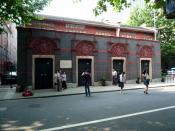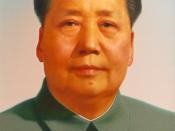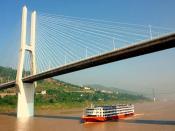Sanya
DP-1
Q. Analyse the factors that led to the rise of the communist party in China.
In the beginning of the 20th century, the Qing dynasty, which had ruled China for 2000 years, was in decline. The period following the end of the empire in 1911 was a turbulent one, with various groups fighting for power in China. This civil war ended only in 1949, with the Chinese Communist Party establishing control over the country. There are quite a few factors that led to this rise of communism in China. The decline of the empire, foreign interference and imperial advances, and the warlord era are some factors, and these in turn contributed to the discontent of the peasants, another major factor. The actions of the rival political party, the Kuomintang, also aided the growth of communism. Another point to consider is the Japanese invasion. All these points, coupled with the way the CCP took advantage of the actions of the KMT, gained popularity among the peasants, and the overall suitability of communism for China at the time are the causes for the rise of the communist party.
This essay will elaborate these factors, and analyse the relevance of each.
The Manchu dynasty began losing power toward the end of the 19th century. There were many imperial advances in China by Europeans. The British were a prominent threat. Britain fought two Opium Wars with China, one in 1839 and one in 1960, the second one in alliance with France. The British took control of Hong Kong, and set up many 'treaty ports' where they were allowed to trade. The Europeans began to dig their heels in many parts of China. The people hated them. The Manchu dynasty was blamed, and it was apparent that the Manchus were beginning to...


